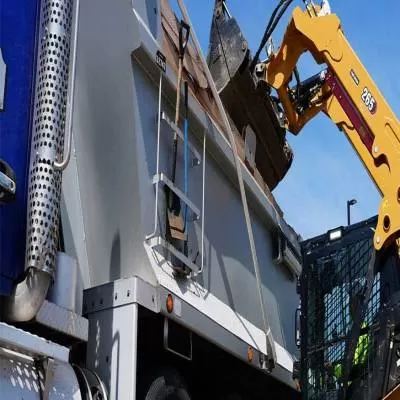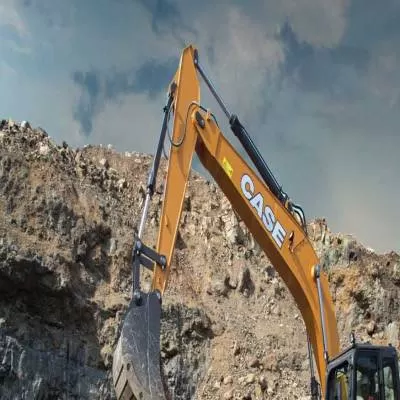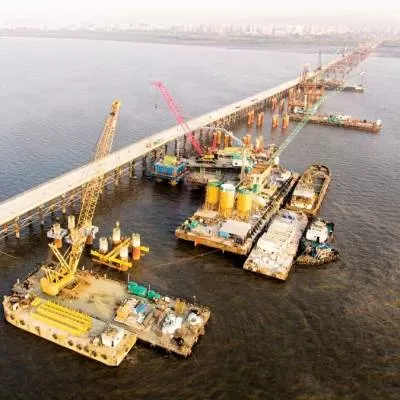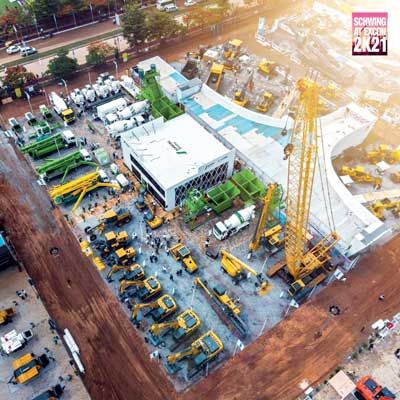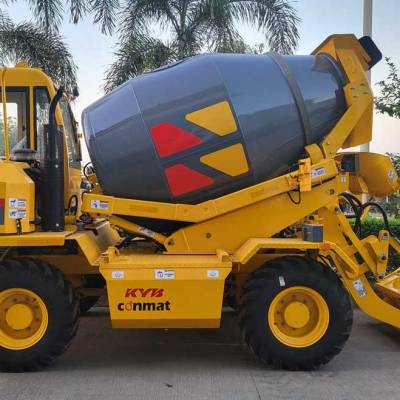
How Capable Can You Get?
Organisations have ambitious visions for their future and often think about factors such as their topline, bottomline and shareholder value.
Having defined these matrices, boardroom discussions then tilt towards the markets that will give leverage, the products that will earn profits and the customer groups that will grow over time. Countless hours are spent arriving at this blueprint and finalising the organisation´s strategy. However, how much time do we really spend on thinking about one critical question: Who will deliver this strategy for the business? The answer: People. With goals for growth being far more ambitious than earlier, people need to be far more competent and productive than ever before.
I firmly believe that business is 80 per cent about people and 20 per cent about strategy. So how do we shape the organisation climate to become more conducive to enhance future workforce capability? Capability development is critical to an organisation´s performance and requires a deep understanding of employee characteristics and how they learn best.
The master plan
With our ambitious growth plans at Godrej Properties, we realised the need for a robust mix of experience and energy to drive the agenda. Owing to these objectives, we decided to have an influx of people across levels (especially lower levels) and invested heavily in building the younger workforce and their capabilities as they advance in their careers.
Another factor that affected our thought process of ´catching them young´ was a dearth of talent in the real-estate industry; by this I mean, technical experts with a perceived gap in people leadership skills. We felt the lack of talented leaders in this sector. As an organisation, we also realised the need to have more foot-soldiers, ie, employees in execution vis-a-vis those higher in the ranks.
Hence, we have structured programmes on acquiring young employees even before they complete their graduation and offer opportunities to develop them for the future.
Additional ideas
Further, we launched the ACE/BRACE programme through which we hire graduate trainees from select campuses. We have a structured induction for them along with learning inputs spanning the first few years. They are groomed in the culture of the organisation from the beginning and are assigned mentors, leading to a two-way learning transfer between those with ´experience´ and those with ´exuberance´. The organisation has also established its own in-house knowledge management portal, Brighter Minds, to structure the process of self-learning and learning transfer. Several cross-functional teams have also been launched to work on business-critical projects - the group consisting of a mix of employees strengthening the process of learning transfer.
We ensure that learning interventions are learning journeys rather than one boost of information followed by no reinforcement. Learning inputs are spaced (learning as reinforcement) as well as chunked (short bullets of learning). The organisation focuses on people leadership, orienting leaders with what the future will look like. Also, we significantly encourage equipping leaders to be able to handle black swans unforeseeable events that can have a significant impact on the business. We focus on on-the-job learning opportunities; cross-functional projects and shadow stints are established practices. What´s more, we have made the work environment more conducive and flexible with policies such as working from home and flexi hours.
Payoff time
Being in the real-estate sector, the organisation constantly grapples with uncertainty and ambiguity. The younger generations at work have been observed to demonstrate greater confidence, openness and risk-taking ability. In keeping with the current mix of the workforce, we have seen a surge in the organisation´s ability to take risk, handle ambiguous and uncertain situations and look at things from a fresh perspective. These characteristics, in combination with those with ´experience´, have proved to be a phenomenal model for the business. And the average age of the workforce has dropped from 38 in 2011 to 33 as of today.
About the author:
Milind Apte, Executive Vice President-Human Resources & Administration, Godrej Properties Ltd (GPL), along with his team have been instrumental in establishing a highly engaged workforce.
Capability development is critical to an organisation´s performance, explains MILIND APTE. Organisations have ambitious visions for their future and often think about factors such as their topline, bottomline and shareholder value. Having defined these matrices, boardroom discussions then tilt towards the markets that will give leverage, the products that will earn profits and the customer groups that will grow over time. Countless hours are spent arriving at this blueprint and finalising the organisation´s strategy. However, how much time do we really spend on thinking about one critical question: Who will deliver this strategy for the business? The answer: People. With goals for growth being far more ambitious than earlier, people need to be far more competent and productive than ever before. I firmly believe that business is 80 per cent about people and 20 per cent about strategy. So how do we shape the organisation climate to become more conducive to enhance future workforce capability? Capability development is critical to an organisation´s performance and requires a deep understanding of employee characteristics and how they learn best. The master plan With our ambitious growth plans at Godrej Properties, we realised the need for a robust mix of experience and energy to drive the agenda. Owing to these objectives, we decided to have an influx of people across levels (especially lower levels) and invested heavily in building the younger workforce and their capabilities as they advance in their careers. Another factor that affected our thought process of ´catching them young´ was a dearth of talent in the real-estate industry; by this I mean, technical experts with a perceived gap in people leadership skills. We felt the lack of talented leaders in this sector. As an organisation, we also realised the need to have more foot-soldiers, ie, employees in execution vis-a-vis those higher in the ranks. Hence, we have structured programmes on acquiring young employees even before they complete their graduation and offer opportunities to develop them for the future. Additional ideas Further, we launched the ACE/BRACE programme through which we hire graduate trainees from select campuses. We have a structured induction for them along with learning inputs spanning the first few years. They are groomed in the culture of the organisation from the beginning and are assigned mentors, leading to a two-way learning transfer between those with ´experience´ and those with ´exuberance´. The organisation has also established its own in-house knowledge management portal, Brighter Minds, to structure the process of self-learning and learning transfer. Several cross-functional teams have also been launched to work on business-critical projects - the group consisting of a mix of employees strengthening the process of learning transfer. We ensure that learning interventions are learning journeys rather than one boost of information followed by no reinforcement. Learning inputs are spaced (learning as reinforcement) as well as chunked (short bullets of learning). The organisation focuses on people leadership, orienting leaders with what the future will look like. Also, we significantly encourage equipping leaders to be able to handle black swans unforeseeable events that can have a significant impact on the business. We focus on on-the-job learning opportunities; cross-functional projects and shadow stints are established practices. What´s more, we have made the work environment more conducive and flexible with policies such as working from home and flexi hours. Payoff time Being in the real-estate sector, the organisation constantly grapples with uncertainty and ambiguity. The younger generations at work have been observed to demonstrate greater confidence, openness and risk-taking ability. In keeping with the current mix of the workforce, we have seen a surge in the organisation´s ability to take risk, handle ambiguous and uncertain situations and look at things from a fresh perspective. These characteristics, in combination with those with ´experience´, have proved to be a phenomenal model for the business. And the average age of the workforce has dropped from 38 in 2011 to 33 as of today. About the author: Milind Apte, Executive Vice President-Human Resources & Administration, Godrej Properties Ltd (GPL), along with his team have been instrumental in establishing a highly engaged workforce.


